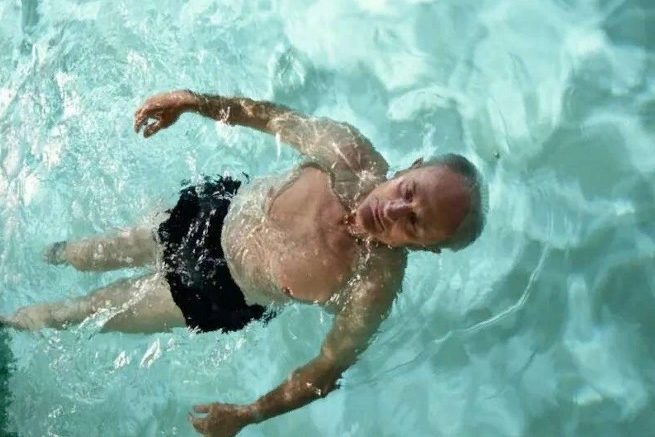Would you be able to spot someone who is drowning on a beach or in a pool and intervene to save them?
Even the most experienced swimmers can be put in danger if the weather is terrible, the currents are strong, or if there is a medical emergency in the water, said Dr. Gillian Schmitz, president of the American College of Emergency Physicians (ACEP). “Most drowning incidents are avoidable, yet catastrophe can strike in a matter of seconds.”
According to the US Centers for Disease Control and Prevention, 11 people die in accidental drownings every day in the United States, and drowning is one of the major causes of death among children aged one to four.
Because it can be difficult to tell if someone is drowning, the American College of Emergency Physicians (ACEP) has put together a list of warning signs:
- Bobbing or floating in place.
- Head tilted back with mouth open.
- Head low in the water, with mouth at water level.
- Trying to roll over onto the back.
- Hyperventilating or gasping for breath.
- Hair over forehead or eyes.
- Eyes glassy and empty, unable to focus, or eyes closed.
Take rapid intervention if someone appears to be in peril in the water. Call 911 or seek assistance from a lifeguard. If you’re in the water, don’t try to save a drowning person unless you’ve been taught to do so. According to the ACEP, drowning victims may panic and try to drag anyone nearby underwater with them.
Reach out and extend or throw a floating object to the individual instead.Tilt their heads back, elevate their chin, and check for breath once they’re out of the water. To help the sufferer expel water, turn them on their side.
Anyone skilled in CPR should begin performing hands-only CPR until emergency responders arrive if the victim is not breathing.
In an ACEP news release, Schmitz said, “Learning to swim and getting familiar with water safety are decisions that can save a life.” “Simple precautions can assist in keeping everyone safe.”
Remember to take the following steps:
- Always designate a responsible adult to supervise children in or near water.
- Clear any loose toys from the pool area to reduce tripping hazards.
- Don’t use toys as flotation devices. Use life jackets for activities in or near lakes, rivers, or oceans, especially for children and weaker swimmers.
- When swimming in natural bodies of water, be wary of hidden hazards such as strong currents, sharp rocks, or tangles of vegetation.
- Always check the weather forecast before water activities.
- Use the buddy system when swimming.
- Don’t drink alcohol before or during water activities or while supervising children.
- People with medical conditions or those taking certain medications may require additional precautions.





